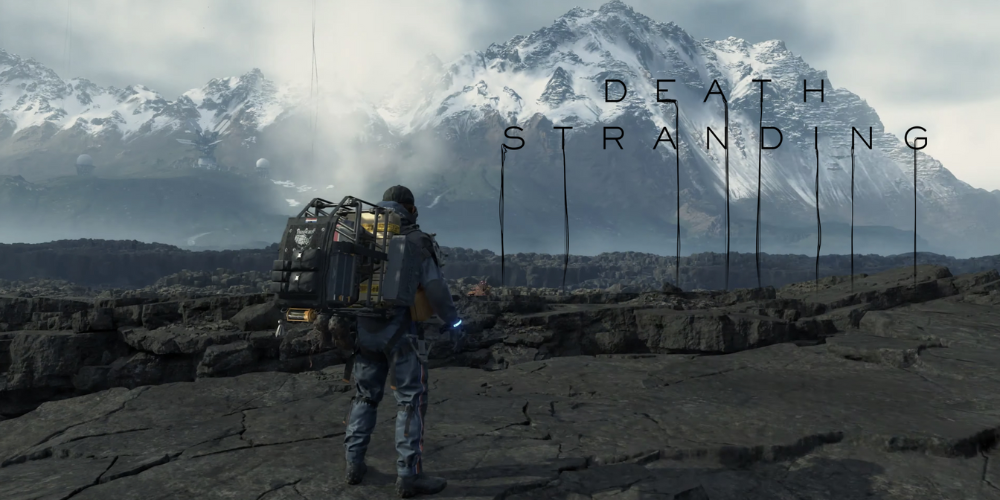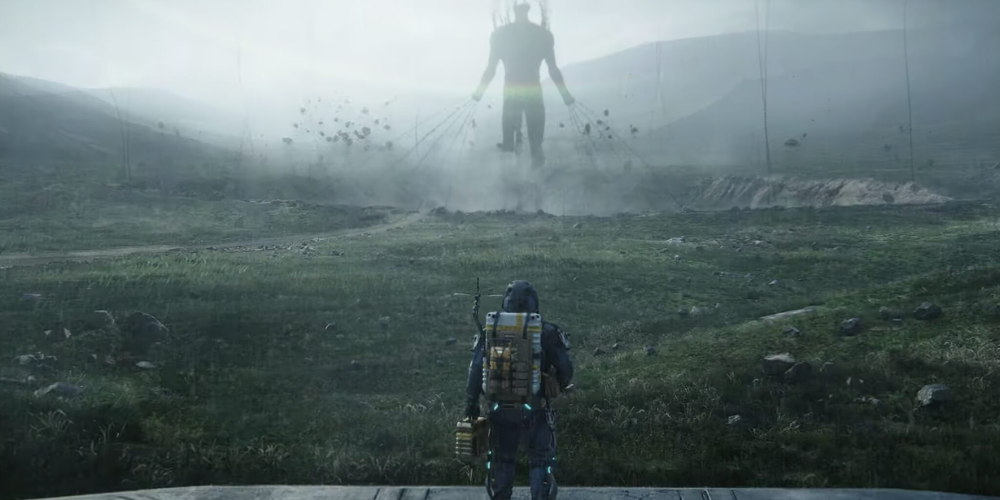Death Stranding: Understanding the World and Its Mysteries
- 50

Few titles have sparked as much curiosity and debate as Hideo Kojima's Death Stranding. Released by Kojima Productions, this enigmatic title stands out not only for its star-studded cast and cinematic quality but also for its intricate plot and the depth of its game world. At its core, Death Stranding explores themes of connection, isolation, and the human spirit, all set within a post-apocalyptic landscape unlike any other. This article seeks to unravel some of the game's most profound mysteries, offering insights into its complex narrative, world-building, and symbolism.
The Phenomenon of Death Stranding
The titular 'Death Stranding' refers to a cataclysmic event that has radically altered the world within the game. This event has blurred the lines between the living and the dead, leading to the emergence of ghostly entities known as 'Beached Things' (BTs) and precipitating the appearance of rain that rapidly ages whatever it touches, known as 'Timefall'. At the heart of understanding this phenomenon is understanding the game’s concept of the 'Beach' - a liminal space between the living world and the afterlife, unique to each individual yet paradoxically connected across humanity.
Sam Bridges: The Protagonist's Journey
Players control Sam Porter Bridges, portrayed by Norman Reedus, a courier tasked with reconnecting the fractured cities and enclaves of the United Cities of America (UCA). Sam's journey is not just physical but profoundly personal. Haunted by his past and the loss of his family, his odyssey is one of self-discovery and redemption. Sam’s ability to return from the dead, thanks to his connection with a Bridge Baby (BB) - infants in artificial wombs that can detect BTs - places him at the epicenter of the game’s narrative, challenging him to confront the world's mysteries and his own.
The Bridge Babies (BBs)

The Bridge Babies - or BBs - are among Death Stranding’s most iconic and heartbreakingly poignant elements. Designed as a tool to detect the presence of BTs, BBs symbolize the game’s overarching themes of connection and sacrifice. They also serve as a bridge (pun intended) for Sam to connect not only with the world around him but also with his humanity and emotions. The relationship between Sam and his BB, named Lou, evolves into one of the game’s emotional cornerstones, representing hope and innocence in a world filled with despair.
The Characters and Factions of Death Stranding
Death Stranding's narrative is supported by a cast of complex characters, each with their own stories, motives, and secrets. From the enigmatic Amelie, who represents the last hope for America's unification, to the antagonist Higgs, who seeks to harness the Death Stranding phenomenon for his own ends, the game weaves a dense tapestry of interpersonal relationships and conflicts. Moreover, the presence of various factions, including the Bridges organization and the terrorist group Homo Demens, adds layers of political intrigue and tension to the story.
The Gameplay Mechanics: Strands and Connections

At its core, Death Stranding is about making connections. This theme is mirrored in its gameplay, which encourages players to build bridges, roads, and other structures to aid not only their journey but also that of other players in a shared online experience. The ‘Strand System’ fosters a unique form of cooperation where players can leave supplies, words of encouragement, and even landmarks for each other, creating a sense of unity and shared purpose. This innovative approach to multiplayer gameplay emphasizes the game's central message: in a divided world, it is our connections with each other that define our humanity.
The Lore of Death Stranding
Digging deeper into the world of Death Stranding unveils a richly crafted lore, blending elements of science fiction, mythology, and philosophical musings on life and death. The game draws on a variety of sources, from the Egyptian Book of the Dead to Kobo Abe’s writings on ropes and sticks – the former used to tether things together, and the latter to keep them apart. This duality is reflected in both the gameplay mechanics and the narrative, presenting a world profoundly affected by its attempts to understand and control the metaphysical forces at its core.
The Impact of Time fall and the Environment

Timefall is among Death Stranding’s most visually and thematically striking features. It not only accelerates the aging of living organisms but also symbolizes the ephemeral nature of life and the inexorable passage of time. The environmental degradation it causes also serves as a commentary on ecological concerns, illustrating the catastrophic potential of human impact on nature. The landscapes players traverse are breathtaking yet desolate, filled with ruins and remnants of a society unable to withstand the Death Stranding phenomenon, which serves as a constant reminder of the game's underlying environmentalist messages.
Death Stranding’s Symbolism and Themes
Death Stranding is rich in symbolism, weaving a complex narrative that explores themes of life, death, connection, and isolation. One could argue that the entire gameplay serves as a metaphor for the human need for social bonds and the consequences of their breakdown. The game challenges players to consider the value of community and cooperation in the face of adversity. Furthermore, it contemplates the cycle of life and death, not as binary opposites but as interconnected states in a continuous flow, underscored by the presence of the BBs and the concept of the Beach.
Concluding Thoughts
Death Stranding defies easy categorization. It is at once a testament to the artistic potential of video games and a deeply philosophical exploration of what it means to be human in an increasingly fragmented world. Its mysteries and intricacies invite players not just to play but to ponder and connect, both with the game world and with each other. By delving into its universe, players might find not only entertainment but also a profound commentary on the human condition. In the end, Death Stranding stands as a bold experiment in storytelling, gameplay, and thematic exploration, challenging us to find strands of connection in an age of isolation.